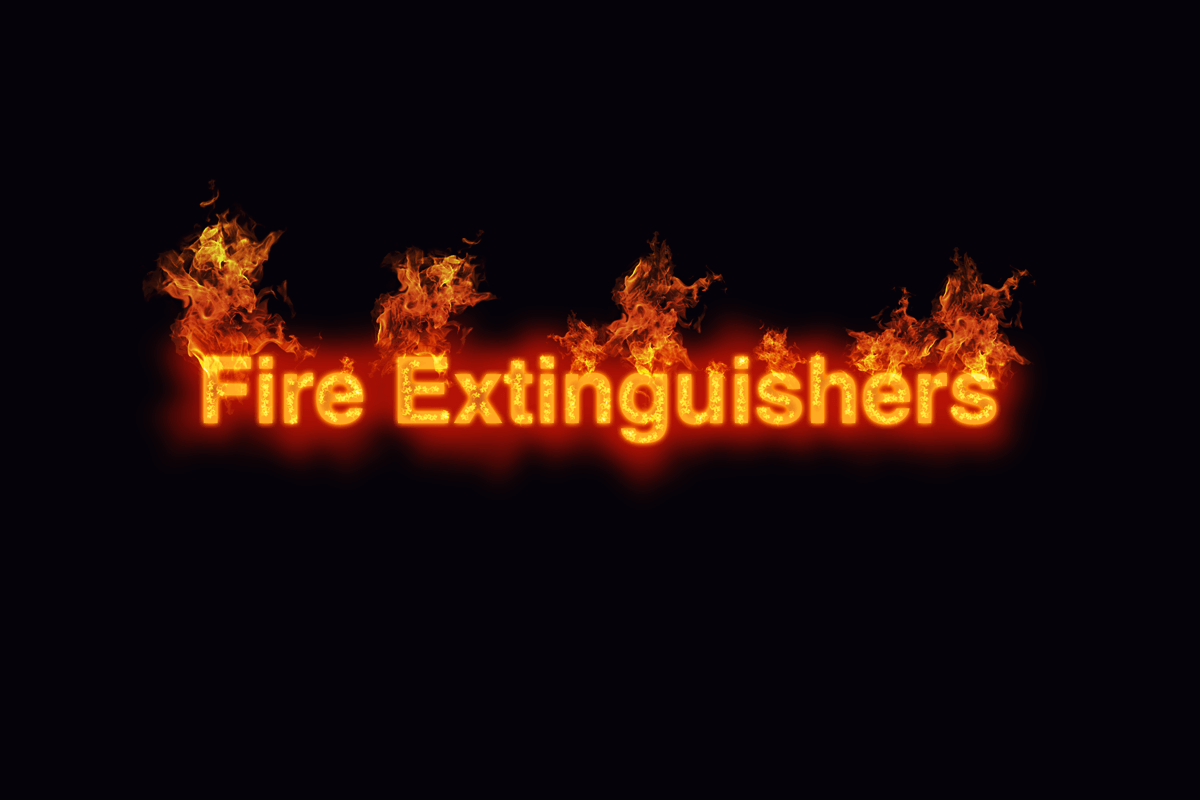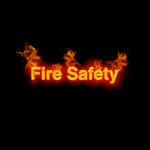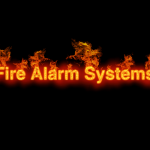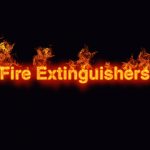Foam fire extinguishers are among the most common extinguisher types and tend to be used for fires that involve flammable solids as well as flammable liquids.
Contents
- 1 Where Can Foam Fire Extinguishers Be Used?
- 2 Where Can Foam Fire Extinguishers Not Be Used?
- 3 How Do You Identify a Foam Fire Extinguisher?
- 4 What Are Foam Fire Extinguishers Also Known As?
- 5 How Do Foam Fire Extinguishers Work?
- 6 What Are the Pros and Cons?
- 7 Who Needs Foam Fire Extinguishers?
- 8 How Do You Use a Foam Fire Extinguisher?
- 9 Our Services
Where Can Foam Fire Extinguishers Be Used?
Some of the specific uses for a foam fire extinguisher include:
- Class B fires; fires that involve flammable liquids such as petrol or diesel
- Class A fires; fires that involve paper, textiles, or wood
- Fires that involve an electrical appliance but ONLY if the extinguisher has been successful in the 35kv conductivity test
Where Can Foam Fire Extinguishers Not Be Used?
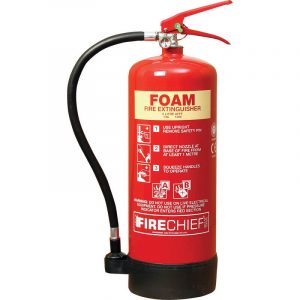 This extinguisher type should not be used in any of the following scenarios:
This extinguisher type should not be used in any of the following scenarios:
- Class F fires; cooking fires that include oil and grease, for instance, chip pan fires should not be treated with a foam fire extinguisher
- Class C fires; fires that involve flammable gases, for instance, butane and methane, are not suitable for treatment with a foam fire extinguisher
How Do You Identify a Foam Fire Extinguisher?
There are several identifying factors to a foam fire extinguisher which are as follows:
- There will be a CREAM-coloured label on the body of the extinguisher, which will read FOAM
- There should also be an extinguisher ID sign close by which will read – FOAM EXTINGUISHER
What Are Foam Fire Extinguishers Also Known As?
A foam fire extinguisher can also be known by one of the following names:
- AFFF foam fire extinguisher
- AFFF fire extinguisher
- Spray foam fire extinguisher
How Do Foam Fire Extinguishers Work?
There are two principle ways, as follows:
Firstly: Being chiefly water-based, they have a similar effect to a water extinguisher in lowering the temperature to put the fire out
Secondly: Aqueous Film Forming Foam is included in the extinguisher (hence why they can often be referred to as AFFF from extinguishers)
What Are the Pros and Cons?
Pros
Several pros exist with the use of a foam fire extinguisher, these are listed as follows:
- The extinguisher is a non-toxic choice
- It will not damage most materials
- If used by accident on electrical fires there is a high chance that it will be safe (of course, this is not recommended)
- The design reduces the risk of the fire re-igniting
- The extinguisher is lighter than a water extinguisher of the same equivalent.
Cons
The main disadvantage with this extinguisher type is that it is dangerous if used on flammable gas fires or on cooking fires and causes damages to electrical appliances.
Who Needs Foam Fire Extinguishers?
Foam fire extinguishers are considered a good choice for general use and can be used in most business premises. They make an ideal choice for premises where there are multiple fire risks. Some examples of such premises include:
- Hostels
- Garages
- Factories
- Offices
- Warehouses
How Do You Use a Foam Fire Extinguisher?
The type of fire will determine how to use the extinguisher. However, all scenarios will have the same first step as follows:
FIRST STEP in all scenarios: Remove the safety pin to break the anti-tamper seal and stand at a safe distance.
For Flammable Liquid Fires:
- NEVER spray directly at the fire as this may cause it to spread to other areas
- In cases where the liquid is contained, use the extinguisher to point it right at the inside edge of the container
- In cases where the liquid is not contained, use a gentle sweeping motion either over the TOP of the fire or if there is an adjacent surface, then use this as the point of spray
- Following these steps will allow the foam to drop onto the fire so that it should settle over the burning liquid
Our Services
If you need fire extinguisher servicing and maintenance, our accredited consultants will attend your sites at a time convenient to you. Contact us today to arrange a visit and decide on the future course of action.

